What is a Milestone Trend Analysis?
The "colored" lines are, above all, one thing: an essential controlling and early warning tool in project management. The MTA visualizes the defined milestones over time: from the start to the planned end date. Professional software tools create an MTA automatically.
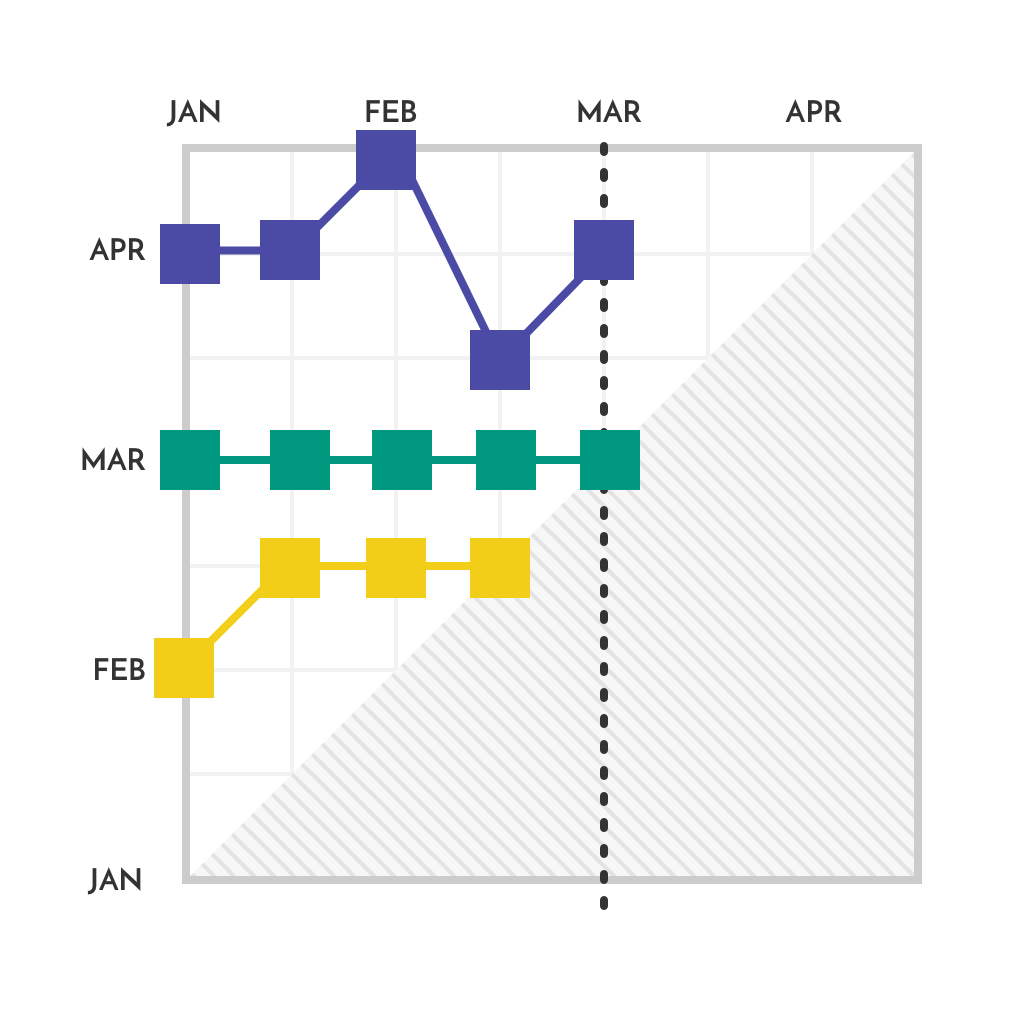
The horizontal axis is subdivided into reporting times, e.g., weeks or months, depending on the average duration of your projects. The vertical axis represents the date of each milestone at each checkpoint. Connecting lines can be used to detect delays early and to derive trends - where appropriate, measures can be taken to ensure compliance with deadlines.
How to Analyze the MTA
What do the various trend patterns shown represented in the MTA mean?
1. Horizontal lines in the milestone trend chart: everything is according to the plan, and the deadlines are met
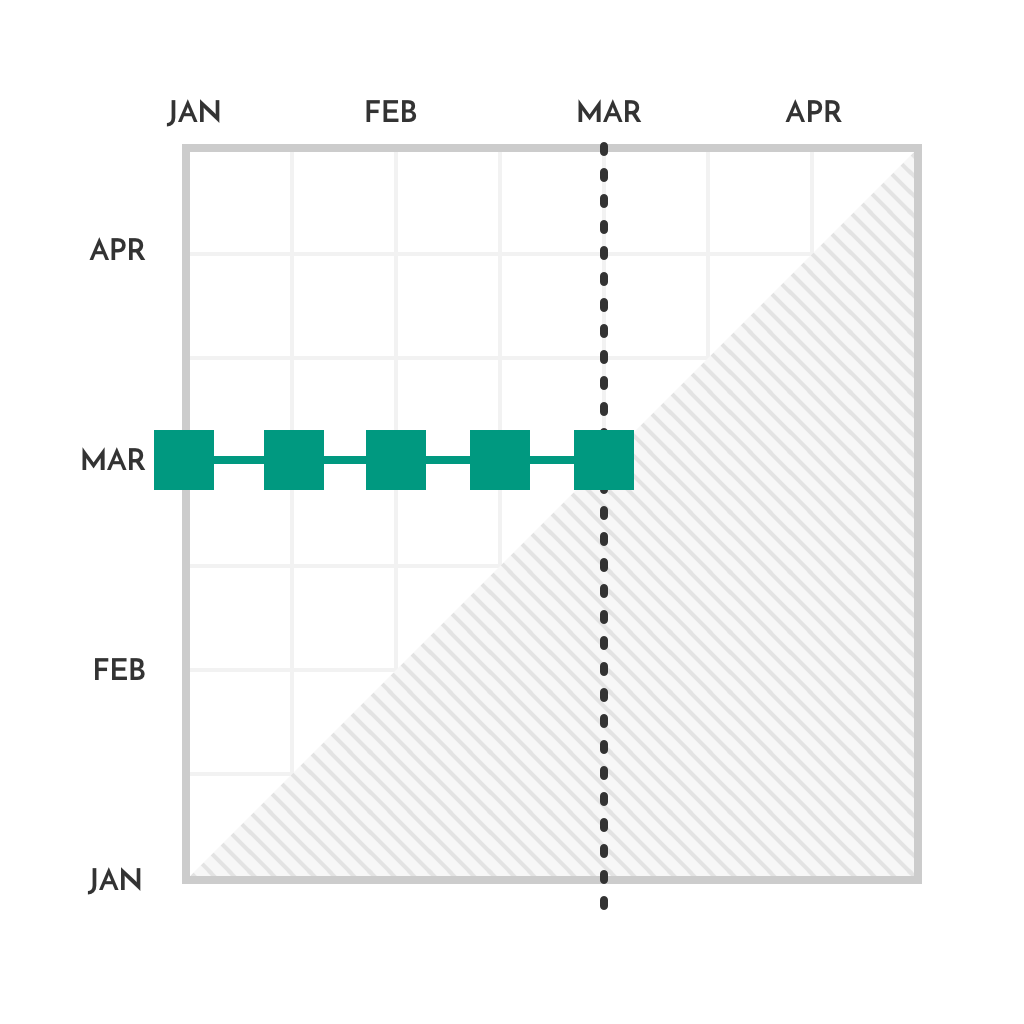
2. Uptrend or rising lines in the milestone trend chart: delay of the milestone date
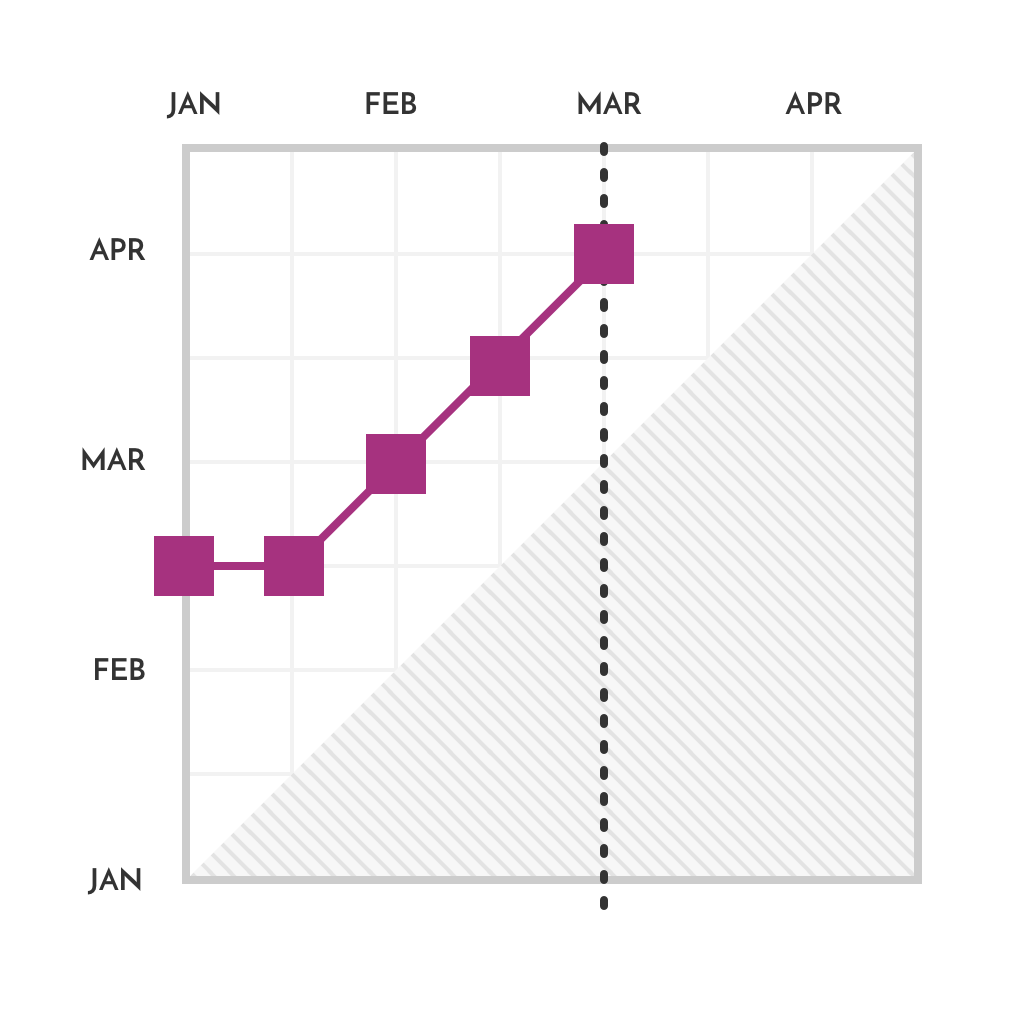
3. Non-linear trend: unrealistic milestone date
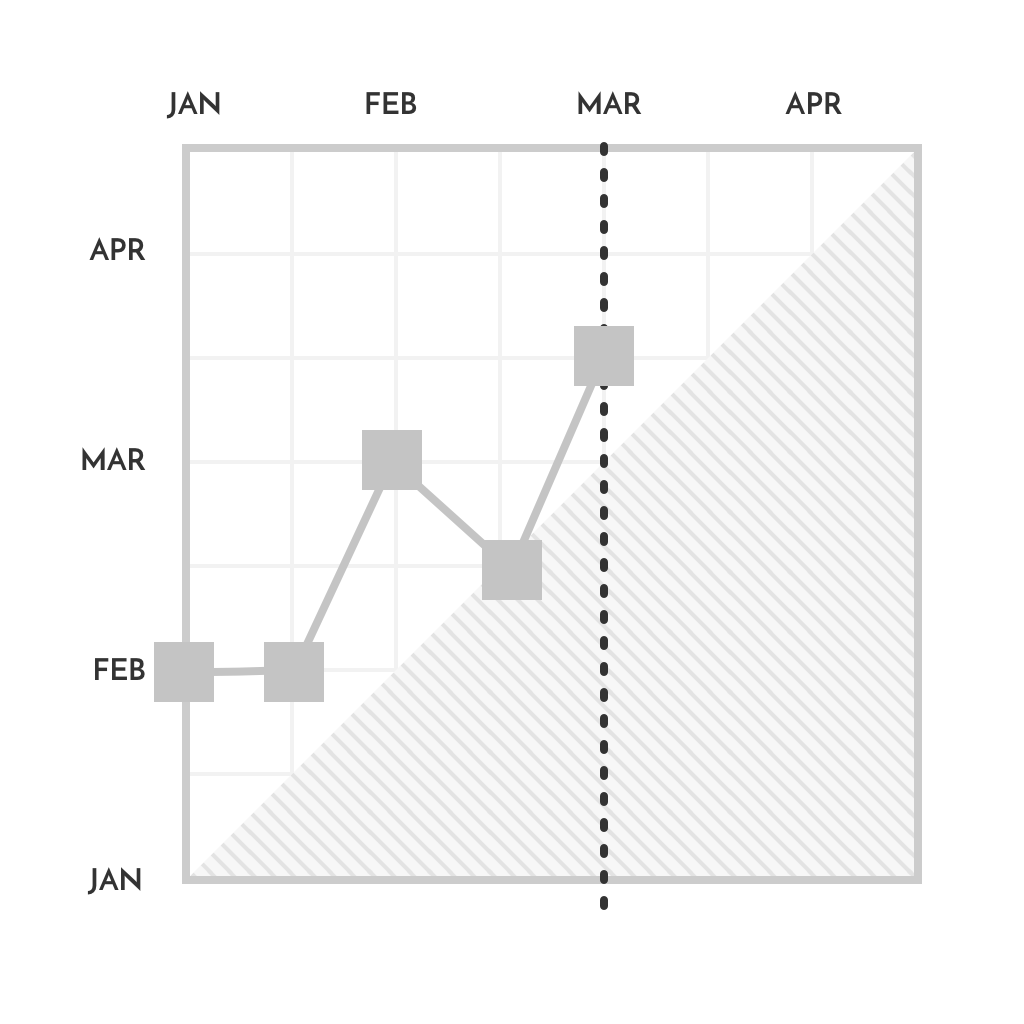
4. Downtrend or falling lines in the milestone trend chart: earlier completion of the milestone and the planned safety buffer is too large
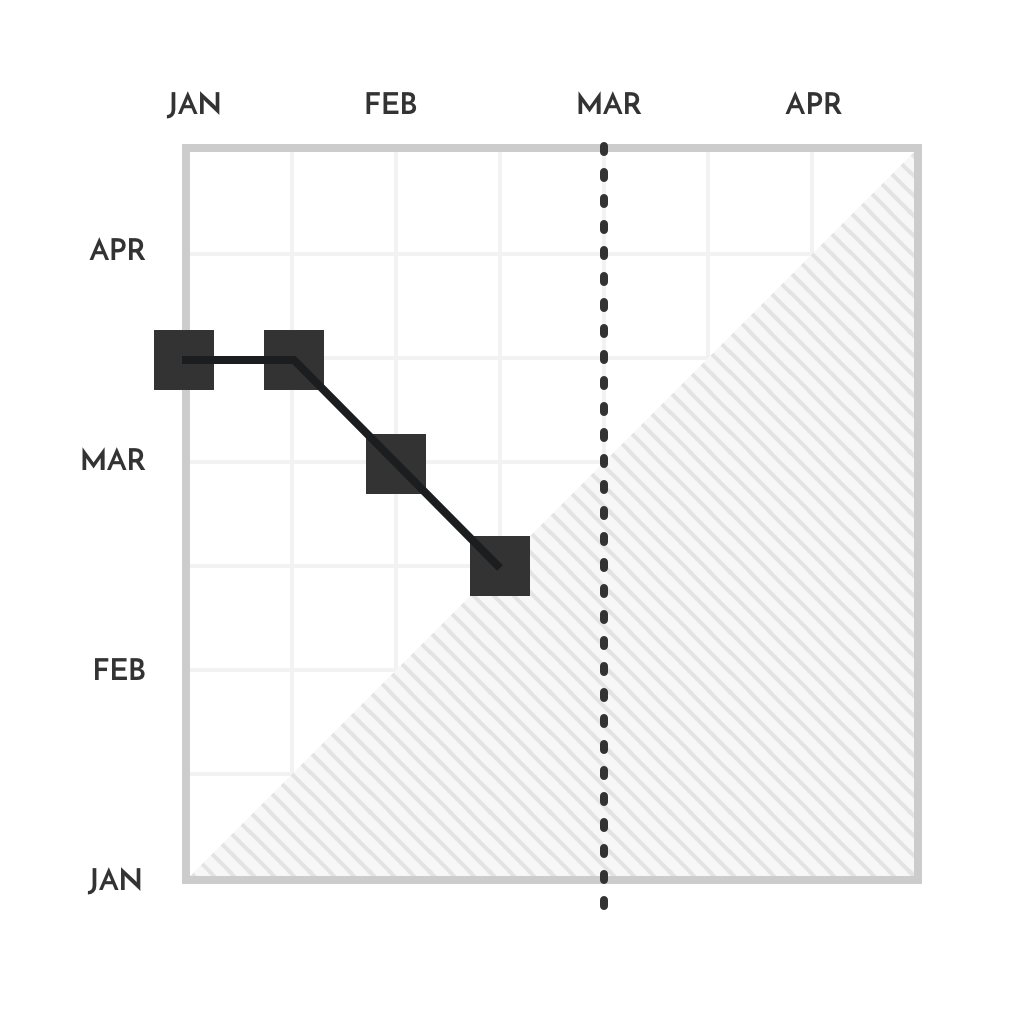
Article: Buffer Management
5. Zigzag trend: usually indicates many uncertainties in the schedule
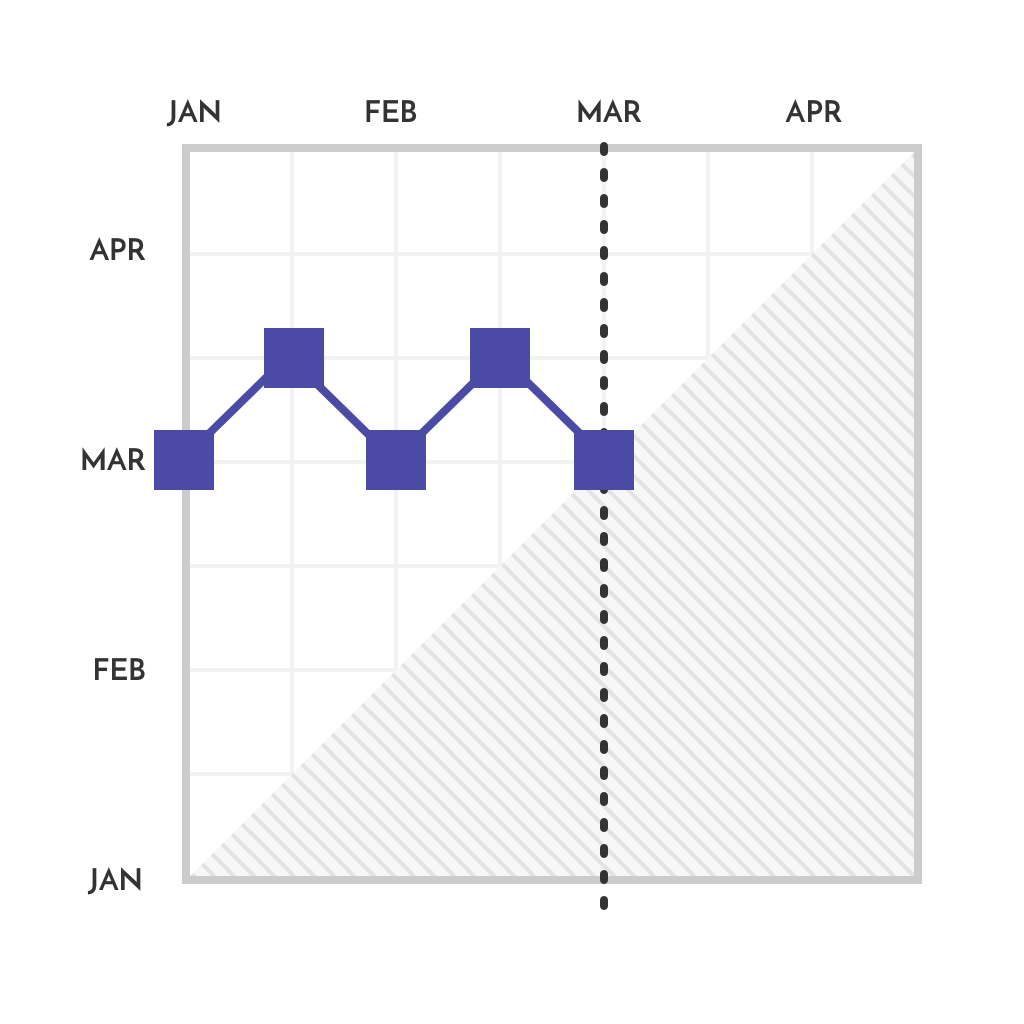
What Is the Gray Zone?
When a milestone reaches the gray zone, either this milestone has not been reached, or the milestone plan has not been kept up to date.
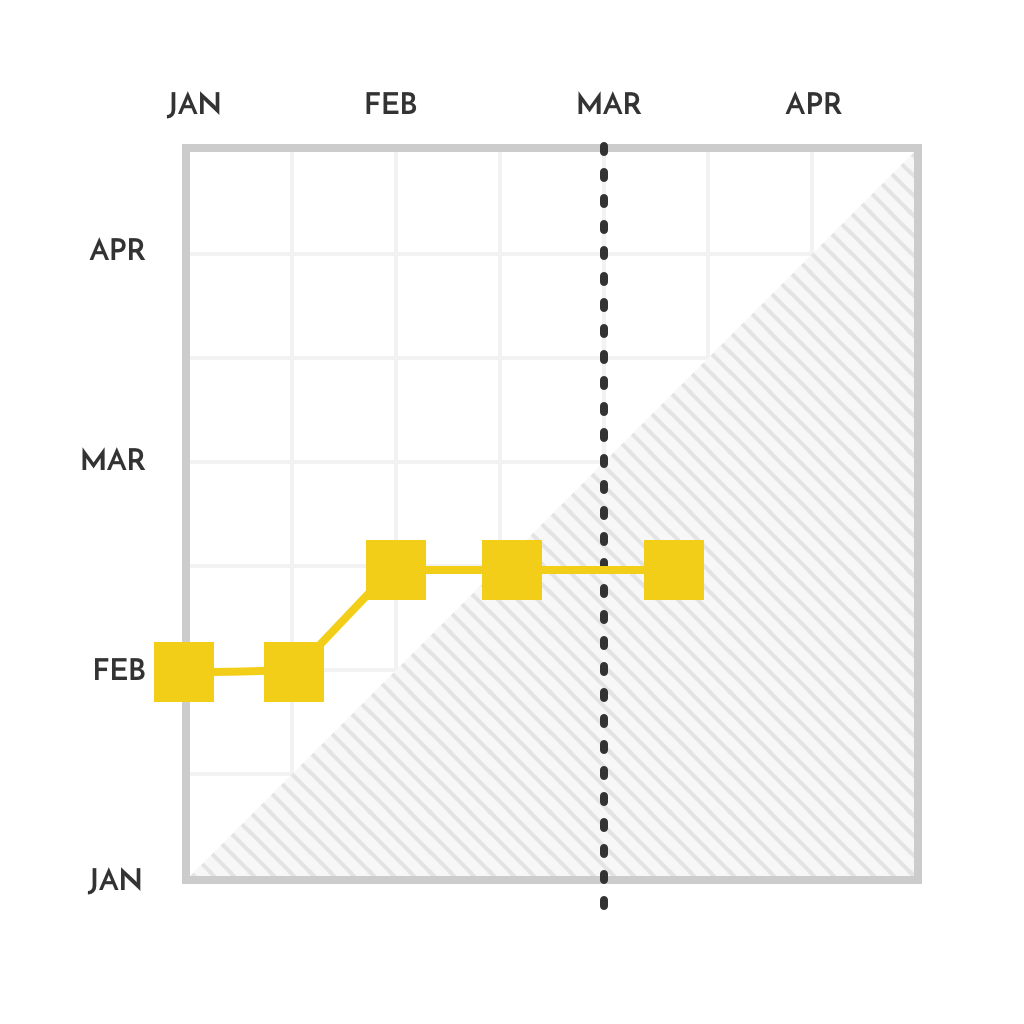
For an efficient milestone trend analysis, it is crucial to ensure that milestones and their progress are updated and reviewed regularly at pre-defined reporting dates. The trend patterns are meaningful and can fulfill their purpose as an essential controlling and early warning instrument.







 Jira
Jira
 Confluence
Confluence
 SAP
SAP
 API
API



